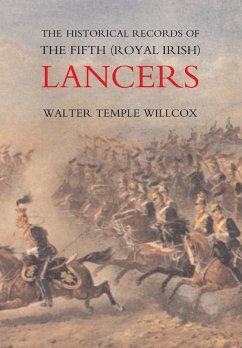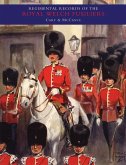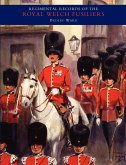Like many of the most distinguished ancient regiments of the British Army, the 5th (Royal Irish) Lancers owe their origins to the turbulent times of the 'Glorious Revolution' of 1688. As this excellent history, written by one of the regiment's officers in 1908 recounts, the Lancers were raised as 'James Wynne's Dragoons', a mounted unit, to repel the attemprt by Catholic supporters of James II to take over Ireland and launch an invasion of England. The Lancers took part in the successful defences of Derry and Enniskillen and the victorious Battles of the Boyne and Aughram. Subsequently, they served under King William III in the defence of his Dutch homeland against the French at the Siege of Namur.The Lancers took a proud part in the Duke of Marlborough's campaigns in the early 18th century, fighting at all four of his famous victories: Blenheim, Ramillies, Oudenarde and Malplaquet. At the end of the century they took part in the suppression of the French-backed 1798 rising in their native Ireland, but were subsequently disbanded.Reformed in 1858 because of the need for cavalry to meet the threat of the Indian Mutiny, they took part in the relief of Lucknow. The Lancers formed part of the NIle Expedition of 1884, mounted in a belated and doomed attempt to save Gordon of Khartoum from the Mahdi and in the Suakin expedition. Their final campaign narrated in this book was the Boer War, in which they took a prominent part in the successful defence of Ladysmith when the town was besieged by the Boers. This is a fine and lively regimental history which will appeal to anyone interested in the British Army, the cavalry, or 18th and 19th century warfare. It is superblty reproduced with nine fine colour plates, 20 black and white illustrations and ten maps.








